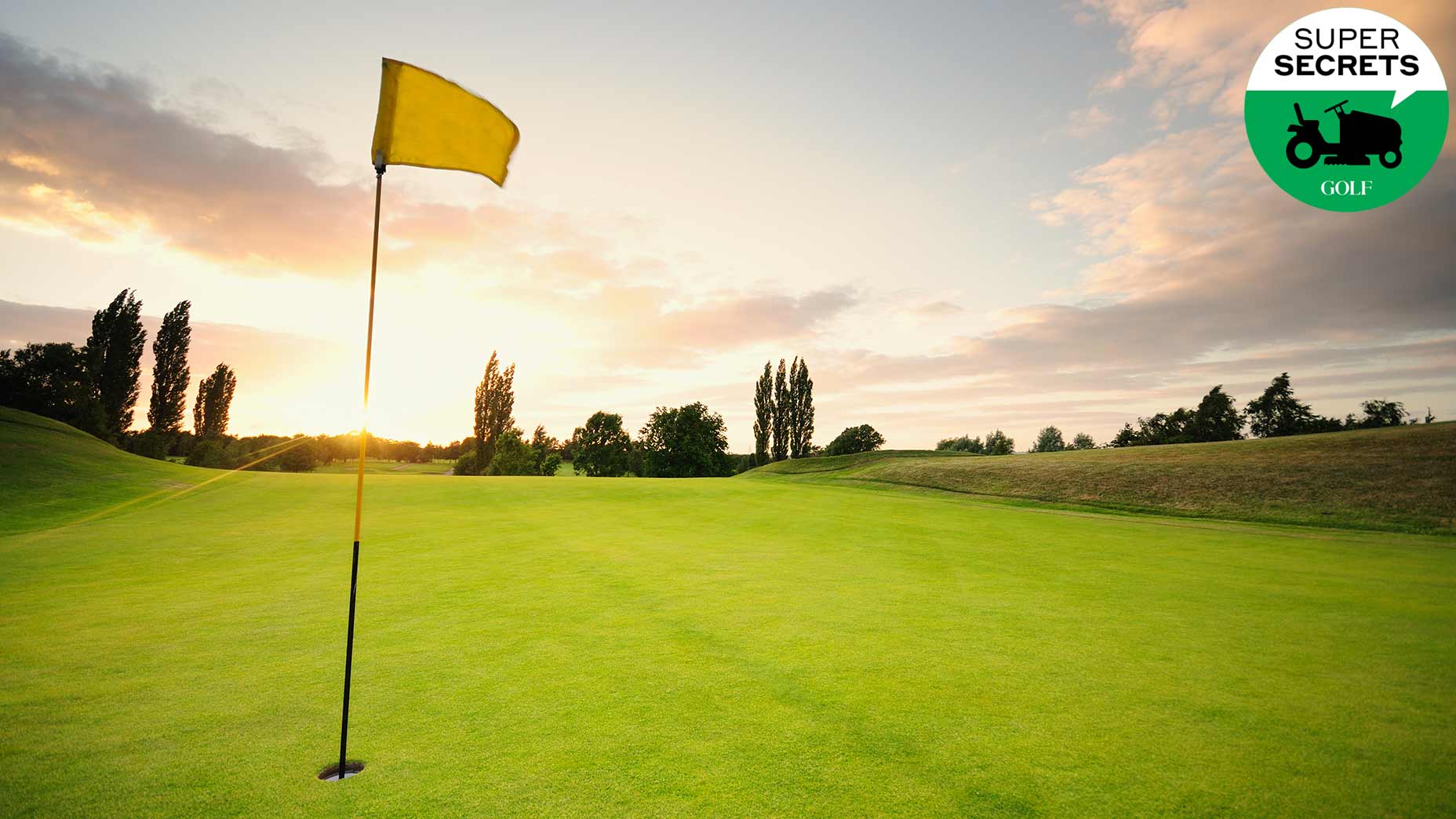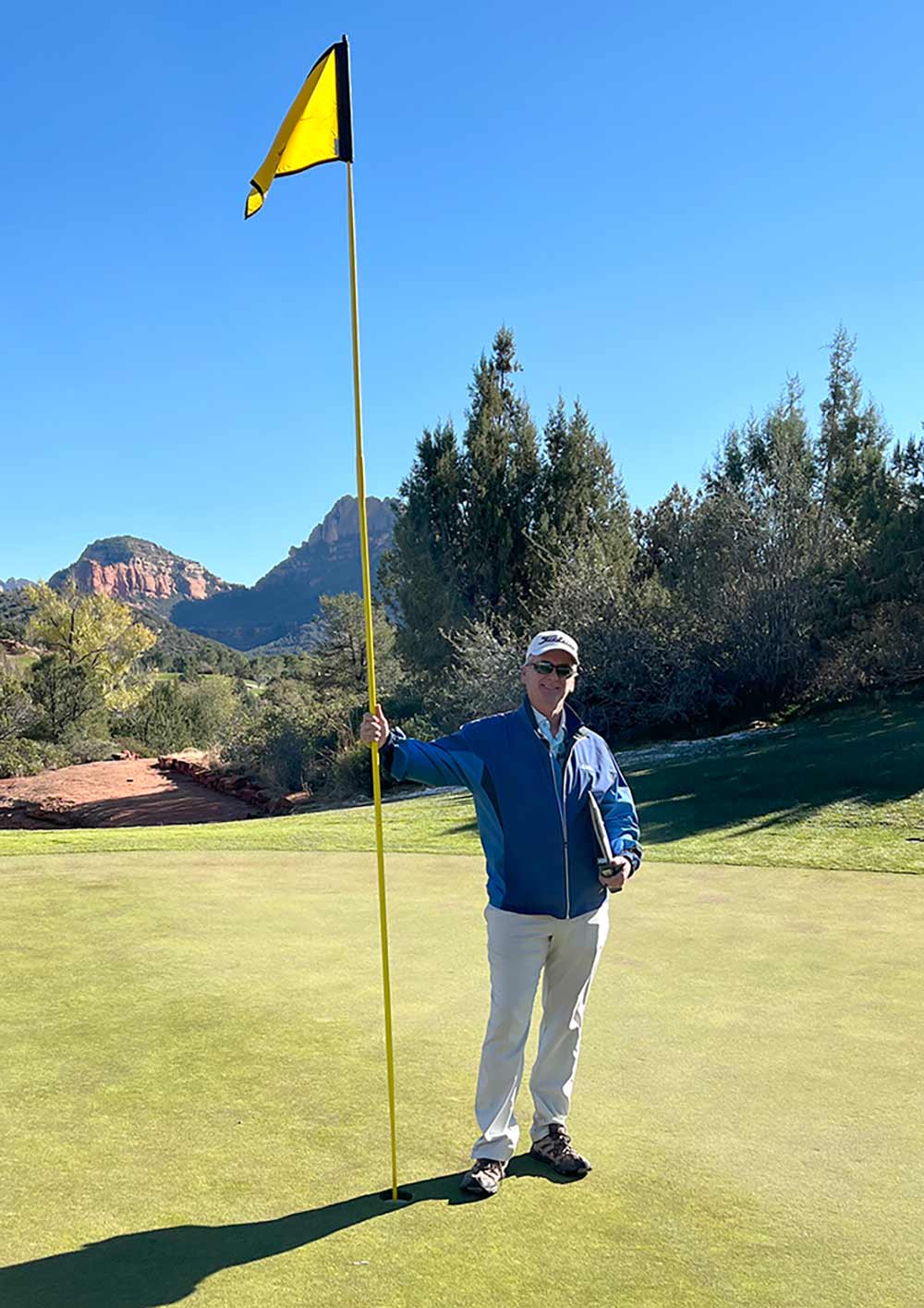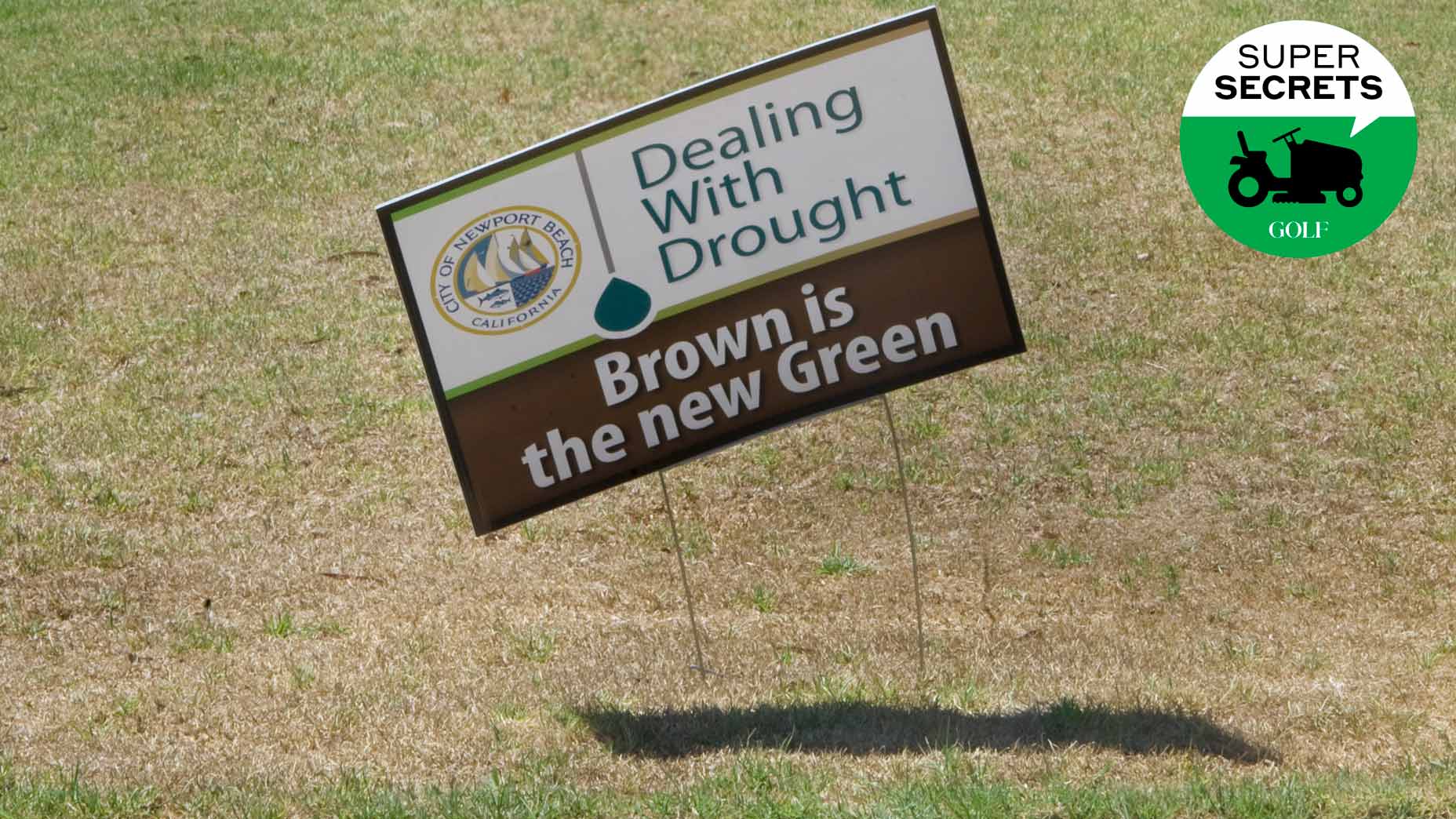Why flagsticks are way more interesting than you ever knew

Most golfers treat flagsticks as a target, not as a topic of conversation. Turns out there’s plenty to talk about.
Getty Images
Consider the flagstick. Most golfers treat it as a target, not as a topic of conversation. Turns out there’s plenty to talk about.
Terry Buchen is a retired superintendent and 51-year member of the Golf Course Superintendents Association of America who remains active in the business as a consultant.
In search of flagstick-related trivia, we asked Buchen to reel off fun facts that we might repeat around the clubhouse bar. Here are 11, including a few extra we tracked down on our own.
1. The origin story
It’s hard to say when flagsticks were first put into use. But the first mention of “flagstick” in the Rules of Golf appeared in the R&A code of 1875. Decades prior, references to flagsticks had already popped up in the popular press, including in the Fifeshire Journal in 1857, referencing a two-flag-per-green setup at the Old Course in St. Andrews. “To prevent mistakes,” the story read, “the out-going hole is supplied with a white flag, and its neighbor sports a red one, that being the color of all the return holes.” In Famous Golf Links, a book published in 1891, there is mention of flags being used to indicate not just hole location but also direction on blind shots.
2. Tall orders
Unlike amusement park rides, flagsticks do not have minimum or maximum heights. The USGA used to recommend that flagsticks be at least seven-feet tall. But that language is no longer in the governing body’s guidelines.
3. A notch below
When Buchen was a young superintendent, flagsticks were more likely to tilt or even topple in strong winds. That changed with the advent of the ferrule. A ferrule is the notched end at the base of the stick, which fits securely into a grooved hole in the cup. It became an industry standard around the late 1990s, Buchen says.
4. Yellow world
Next time you’re watching a tournament broadcast, check out how the fans are attired. Very few will be wearing yellow. “That makes yellow a great color for flagsticks,” Buchen says. “They really stand out against the backdrop of the gallery and the green of trees.” Works nicely at Augusta. And it’s looking good this week at the Presidents Cup.
5. Standard practices
Just because there are no rules regarding height doesn’t mean there aren’t customs. On the PGA Tour, tournament specs call for eight-foot-tall flagsticks. The taller the flag, Buchen says, the easier it is for depth perception. The tallest flagstick he ever came across was a towering 12-footer, at Seven Canyons Golf Club, in Sedona, Ariz.

6. Short end of the stick
In decades past, at especially windy Open Championship venues, the R&A has used flagsticks slightly shorter than Ian Woosnam, who stands 5-foot-4.
7. Material issues
The PGA Tour and the USGA both use fiberglass flagsticks. Many flagsticks are also made of wood and plastic. But fiberglass, Buchen says, is best at deadening shots.
8. Letting freak flags fly
Baskets. Windsocks. Maritime bunting. There’s nothing in the rules that says a flagstick must have a flag on top. There are also no specific strictures on how large a flag can be, though the rules do state that they should be a “reasonable” size. You don’t want too many shots getting caught up in them. In most cases, the flag is bolted to the top of the flagstick. At PGA Tour events, Buchen says, it’s not uncommon for caddies whose players are in contention to carry pliers during the final round, the better to remove the flag as a souvenir should their player win.
9. More material issues
Most flags are either fashioned out of nylon or cotton. The problem with cotton, Buchen says, is that it stays damp longer, so if a ball catches a cotton flag in wet conditions, it’s more likely to get tangled up.
10. Flagstick lifespans
Most flagsticks, Buchen says, are good for a full season. The flags themselves wear out faster, though their longevity depends a lot on weather. At high-end clubs, Buchen says, they’ll often get swapped out several times a year.
11. Flagstick width
If you don’t hit many flagsticks, don’t feel bad. Under the rules of golf, the maximum diameter is two inches from the top of the stick to a point no less than three inches above the putting green. From a point three inches above the green and down, the maximum diameter is three-quarters of an inch.











